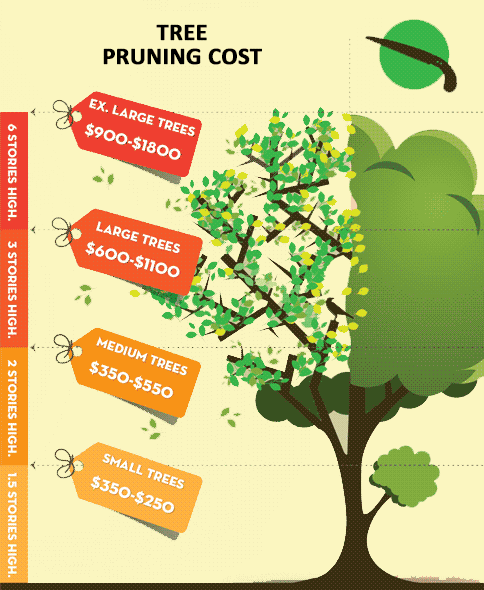Look For Significant Cautions That Your Tree Could Be A Danger; Recognizing These Can Assist Protect Your Home And Your Family.What Should You Keep An Eye Out For Next?
Look For Significant Cautions That Your Tree Could Be A Danger; Recognizing These Can Assist Protect Your Home And Your Family.What Should You Keep An Eye Out For Next?
Blog Article
Short Article By-Lillelund Skovsgaard
When it pertains to tree care, recognizing the indicators that it's time for removal is important for your safety and security and building. You could discover stained leaves, wilting branches, or strange fungal growths indicating health problems. Structural concerns, like a substantial lean or splits in the trunk, can likewise position risks. Comprehending these indication can assist you make educated decisions about your trees and protect against possible threats hiding in your backyard. What should you try to find following?
Indicators of Degeneration and Disease
When you notice indications of decay and illness in your trees, it's important to act swiftly. Search for stained leaves, wilting branches, or uncommon developments like fungus. These can suggest that your tree is having a hard time.
If you see splits in the bark or soft, mushy timber, these signs suggest internal degeneration. In How To Prune A Fig Tree Video , an unexpected rise in insects around your tree can signal that it's damaged and susceptible.
Look for any dead or passing away limbs, as they pose a risk to your residential or commercial property and security. If you doubt regarding what you see, getting in touch with an arborist can offer clarity.
Attending to these indicators early can save you from a lot more substantial damages and guarantee the wellness of your backyard. Do not wait up until it's too late.
Structural Instability and Leaning
As you observe your trees, watch out for any type of signs of architectural instability or leaning. If Fruit Tree Pruning Guide leans considerably, it might show that the root system is jeopardized.
Try to find any type of fractures in the trunk or dirt around the base; these can signal possible failure. Furthermore, look for uncommon development patterns, like an uneven crown, which may suggest that the tree is having a hard time to hold itself upright.
If you discover that the tree favors your home, high-voltage line, or various other frameworks, it positions a higher danger. Do not neglect these indicators-- consult an arborist to analyze the situation.
Doing something about it early can avoid costly damages and ensure your safety.
Dead or Perishing Branches and Vegetation
If you notice dead or passing away branches and vegetation on your tree, it's a clear indicator that something's incorrect.
These undesirable locations can show underlying issues like illness, insect infestations, or ecological tension. When branches shed their fallen leaves or transform brown, they're no longer contributing to the tree's wellness. Disregarding these indicators might lead to further decrease, making your tree more unsafe.
Dead branches can quickly break short during tornados, positioning a danger to property and individuals close by. It's crucial to analyze the level of the damages.
If the trouble influences a substantial part of the tree, take into consideration speaking with a specialist. They can help identify if removal is necessary to make sure security and preserve the charm of your landscape.
Conclusion
If you see any kind of indications of degeneration, architectural instability, or dead branches on your trees, do not neglect them. These signs can position severe safety dangers to you and your residential or commercial property. It's always best to seek advice from a specialist arborist who can supply an expert analysis of your trees. Acting early can avoid mishaps and costly damage, guaranteeing your landscape stays safe and healthy. Remember, it's better to be aggressive about tree care than to await a disaster to happen.
